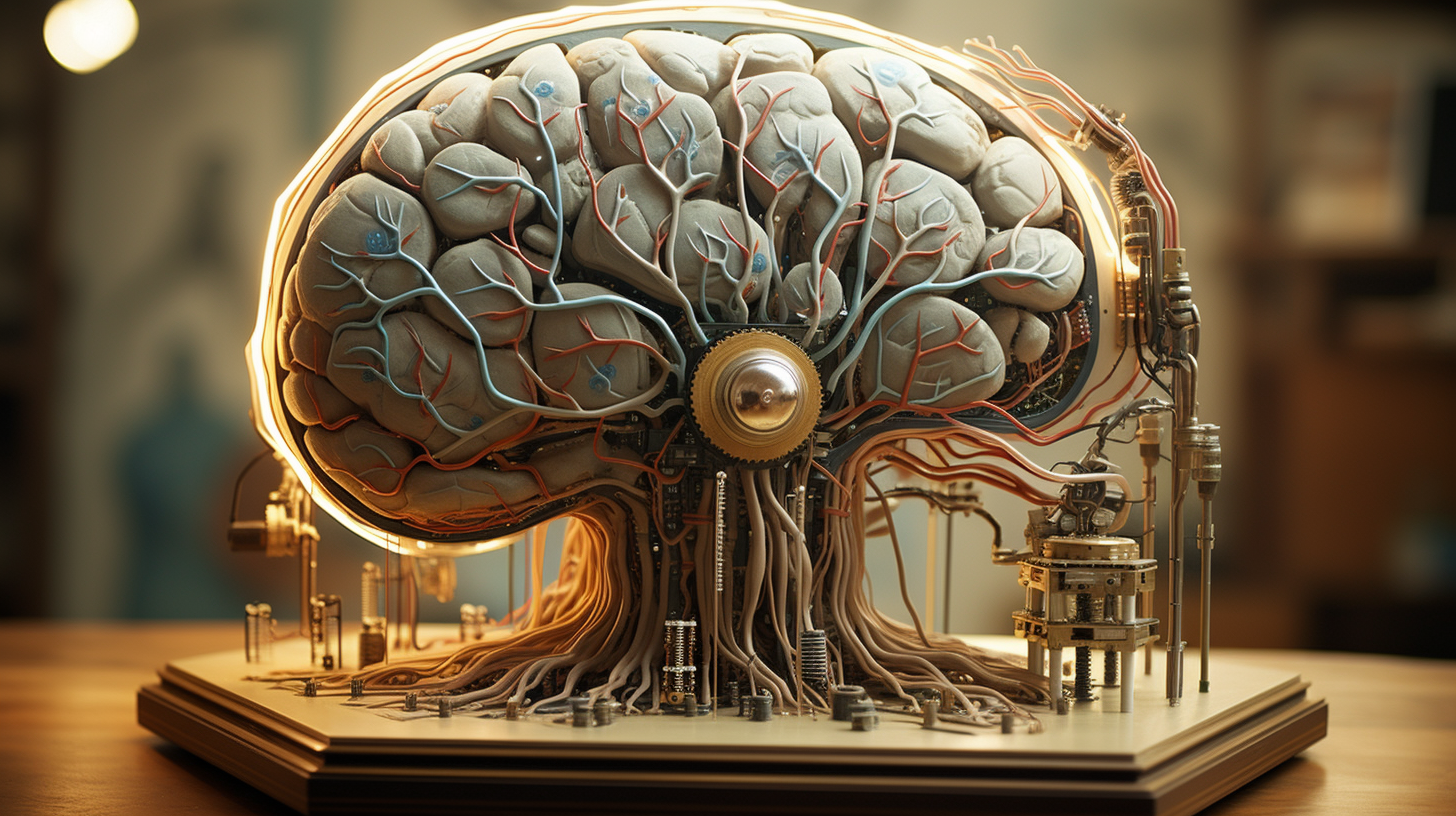Artificial Intelligence (AI) is not a monolithic entity. It is a vast and diverse field with various types that differ in capabilities, complexity, and potential impact. Broadly speaking, AI can be classified into three categories: Narrow AI, General AI, and Superintelligent AI. Understanding these categories can help us grasp the breadth of AI’s potential and the challenges we might face in the future.
Narrow AI
Narrow AI, also known as Weak AI, is the most common form of AI that we interact with in our daily lives. It is designed to perform specific tasks, such as voice recognition, recommendation systems, or image recognition. Siri, Alexa, Google’s search algorithm, and Netflix’s recommendation system are all examples of Narrow AI.
While Narrow AI can perform tasks that typically require human intelligence, it operates under a limited set of constraints and doesn’t possess understanding or consciousness. It’s ‘intelligent’ in its ability to carry out specific tasks, but it doesn’t understand the context beyond its defined function.
General AI
General AI, or Strong AI, is a type of AI that can understand, learn, and apply its intelligence to any intellectual task that a human being can. It’s not limited to a specific set of tasks and can transfer knowledge from one domain to another, exhibiting a form of common sense and contextual understanding.
However, despite significant advancements in the field of AI, General AI still remains largely in the realm of science fiction. Achieving General AI would represent a significant scientific and technological breakthrough, but it also raises important ethical and societal concerns.
Superintelligent AI
This is the most advanced form of AI, where machines surpass human beings not just in specific tasks but in practically everything that is valuable, including creativity, general wisdom, and social skills. Superintelligent AI is purely theoretical at this point and is often associated with futuristic predictions and existential risks.
As we navigate the landscape of AI, it’s important to distinguish between these types. Currently, our world is filled with Narrow AI applications that help us streamline tasks and processes. The advent of General AI and Superintelligent AI, however, could completely redefine our understanding of intelligence and the role of machines in our society. As we delve deeper into AI, it’s essential to consider both the potential benefits and the risks associated with these powerful technologies.
